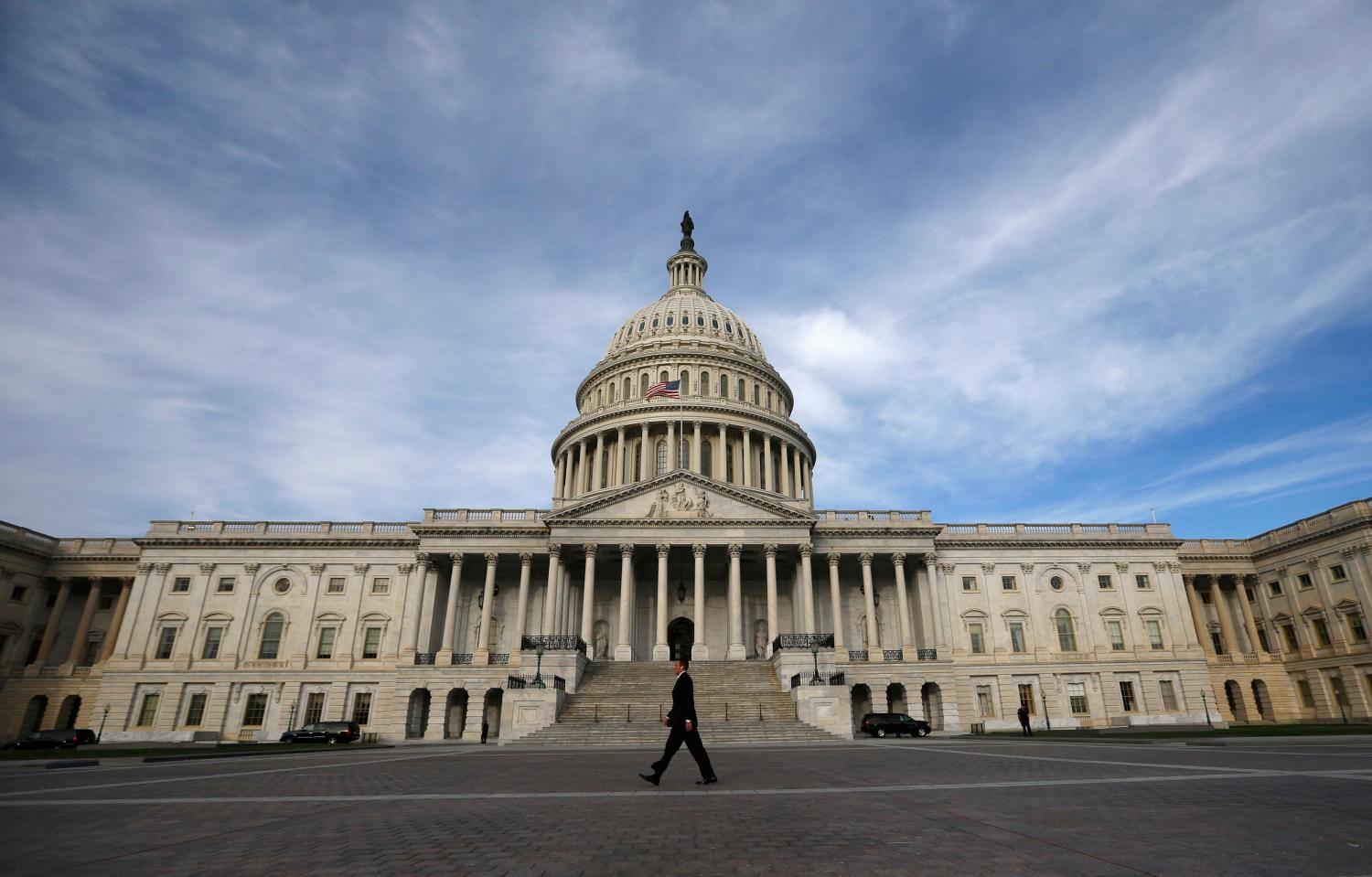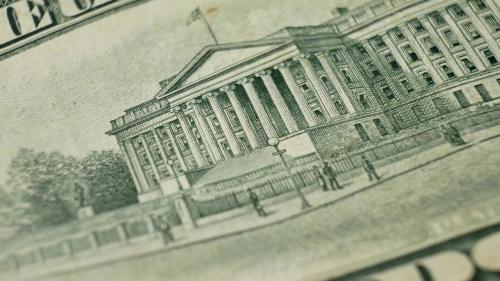The Great Recession, which was triggered by financial market failures, has prompted renewed calls for a financial transaction tax (FTT) to discourage excessive risk taking and recoup the costs of the crisis. The chorus of FTT advocates includes Bill Gates, Jr., George Soros, and Pope Benedict XVI (Greenhouse and Bowley, 2011). The idea is not new, however. Keynes proposed a FTT in 1936 as a way to discourage the kind of speculation that fueled the stock market bubble that led to the Great Depression. More recently, leading economists Tobin (1978), Stiglitz (1989), and Summers and Summers
(1989) have advocated similar taxes.
Taxes on financial transactions have a long history. The British stamp duty was
enacted in 1694 and remains in effect today. The United States imposed a nontrivial
stock transaction tax from 1914 to 1965, as did New York State from 1905 to 1981. A
miniscule securities transfer tax currently funds the Securities and Exchange Commission
(SEC). FTTs have long been popular in less developed countries as a way to raise
significant revenue from a small number of relatively sophisticated financial entities.
The FTT is experiencing a resurgence in the developed world. Ten European Union
(EU) countries have agreed to enact a coordinated FTT that is scheduled to go into
effect in January 2017 (assuming participant countries can work out some significant
differences). France adopted a FTT in 2012 that will be integrated with the EU tax if
and when it takes effect. In the United States, several recent Congressional proposals for
FTTs have been introduced, including those put forth by Rep. Peter DeFazio (D-OR) and
Sen. Tom Harkin (D-IA), and by Rep. Keith Ellison (D-MN) and Sen. (and Democratic
primary presidential candidate) Bernie Sanders (I-VT).
Proponents advocate the FTT on several grounds. The tax could raise substantial revenue
at low rates because the base — the value of financial transactions — is enormous.
A FTT would curb speculative short-term and high-frequency trading, which in turn
would reduce the diversion of valuable human capital into pure rent-seeking activities
of little or no social value. They argue that a FTT would reduce asset price volatility and
bubbles, which hurt the economy by creating unnecessary risk and distorting investment
decisions. It would encourage patient capital and longer-term investment. The tax could
help recoup the costs of the financial-sector bailout as well as the costs the financial
crisis imposed on the rest of the country. The FTT — called the “Robin Hood Tax” by some advocates — would primarily fall on the rich, and the revenues could be used to
benefit the poor, finance future financial bailouts, cut other taxes, or reduce public debt.
Opponents counter that a FTT is an “answer in search of a question” (Cochrane, 2013,
p. 44). They claim it would be inefficient and poorly targeted. A FTT would boost revenue,
but it would also spur tax avoidance. As a noncreditable tax that falls on intermediate
inputs in the production process, it would cascade, resulting in unequal impacts across
assets and sectors, which would distort economic activity. Although a FTT would curb
speculative trading, it would also curb productive trading, which would reduce market
liquidity, raise the cost of capital, and discourage investment. It could also cause prices
to adjust less rapidly to new information. Under plausible circumstances, a FTT could
actually increase asset price volatility. A FTT does not directly address the factors that
cause the excess leverage that leads to systemic risk, so it is poorly targeted as a corrective
to financial market failures of the type that precipitated the Great Recession. Opponents
claim that even the progressivity of a FTT is overstated, as much of the tax could fall
on the retirement savings of middle-class workers and retirees.
This paper addresses these issues, with particular attention to the question of the
potential applications of a FTT in the United States. Our review and analysis of previFinancial
Transaction Taxes in Theory and Practice 173
ous work suggests several conclusions. First, the extreme arguments on both sides are
overstated. At the very least, the notion that a FTT is unworkable should be rejected.
Most EU countries have or are planning to adopt FTTs, and many world financial centers,
including Hong Kong, Switzerland, Singapore, South Africa, and the United Kingdom,
thrive despite the presence of FTTs. On the other hand, the idea that a FTT can raise
vast amounts of revenue — 1 percent of gross domestic product (GDP) or more — is
inconsistent with actual experience with such taxes.
Second, a wide range of design issues are critical to the formulation of a FTT and
can help explain why some FTTs are thought to be more successful (e.g., in the United
Kingdom), while some are widely acknowledged to have been failures (e.g., Sweden).
Third, although empirical evidence demonstrates clearly that FTTs reduce trading
volume, as expected, it does not show how much of the reduction occurs in speculative
or unproductive trading versus transactions necessary to provide liquidity. The evidence
on volatility is similarly ambiguous: empirical studies have found both reductions and
increases in volatility as a result of the tax.
Fourth, the efficiency implications of a FTT are complex, depending on the optimal
size of the financial sector, its impact on the rest of the economy, the structure and
operation of financial markets, the design of the tax, and other factors.
We also present new revenue and distributional estimates for hypothetical U.S. FTTs
using the Tax Policy Center microsimulation model (Urban-Brookings Tax Policy
Center, 2013). We find that a FTT could raise a maximum of about 0.4 percent of GDP
($75 billion in 2017) currently in the United States, allowing for reasonable behavioral
responses in trading, and the maximum revenue would occur if the base rate were 0.34
percent.1 We also find the tax would be quite progressive.
The plan of the paper is as follows. Section II provides background information on
FTTs. Section III discusses design issues. Section IV explores the issues with the financial
sector that motivate consideration of FTTs. Section V reviews the effect of FTTs
on the financial sector and implications for economic efficiency and administrative and
compliance costs. Section VI presents our estimates of the revenue and distributional
effects of a FTT. Section VII offers conclusions. Appendix A provides additional detail
on the methodology and data we use to estimate FTT revenue and distributional effects.
Editor’s note: This piece was originally published in National Tax Journal, March 2016, 69 (1), 171–216.




